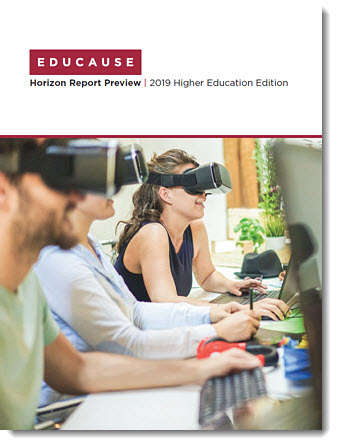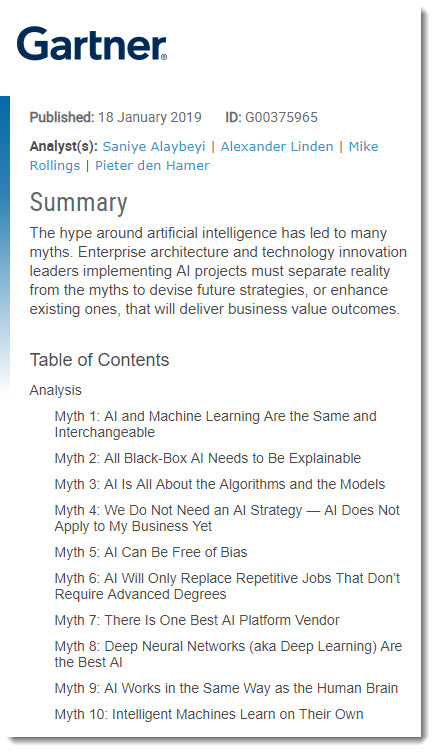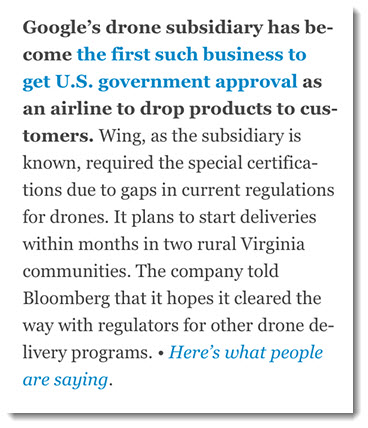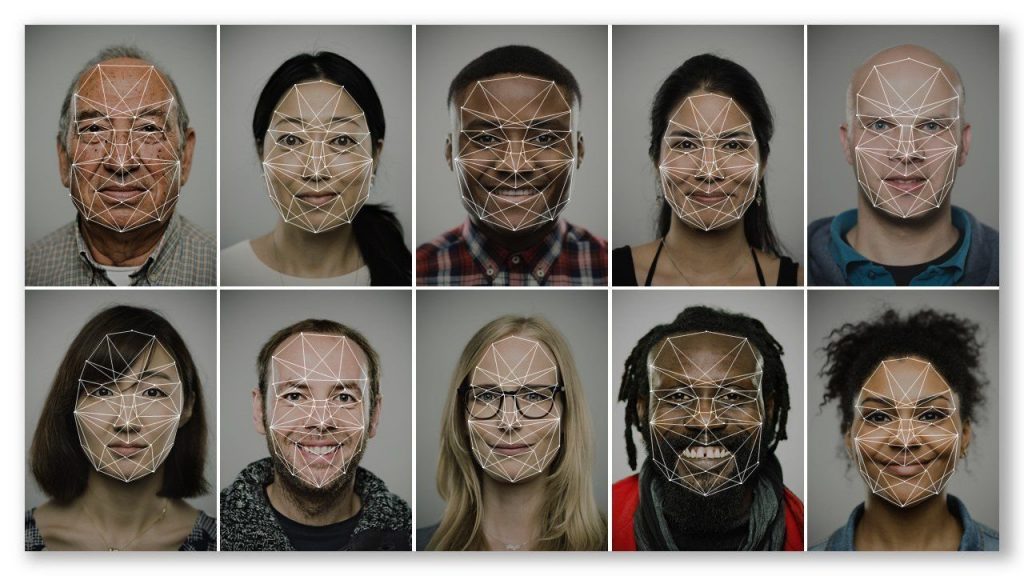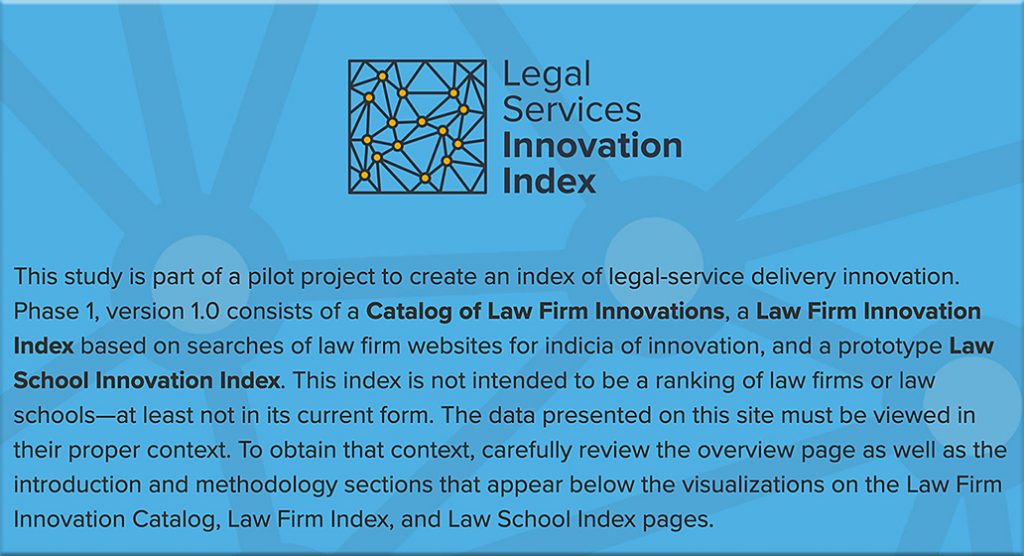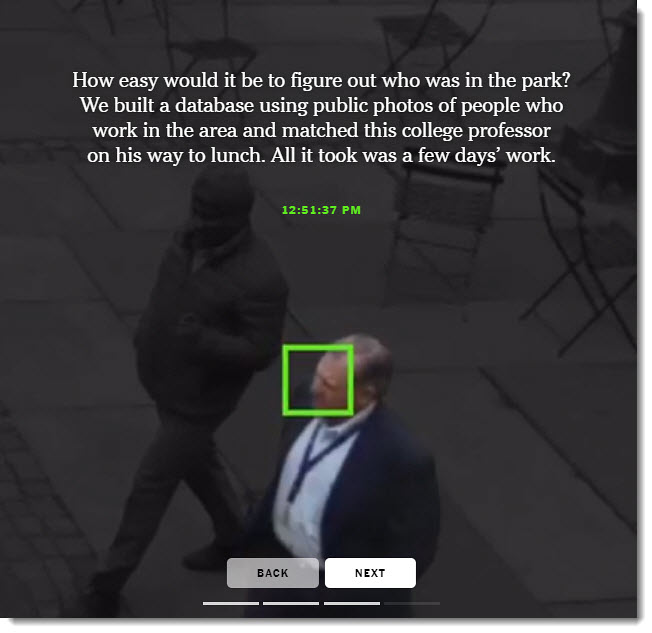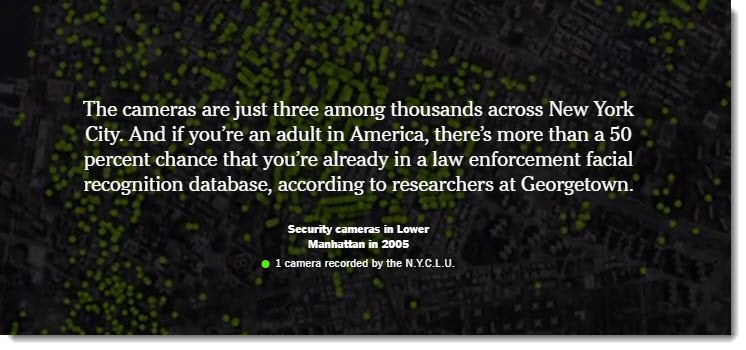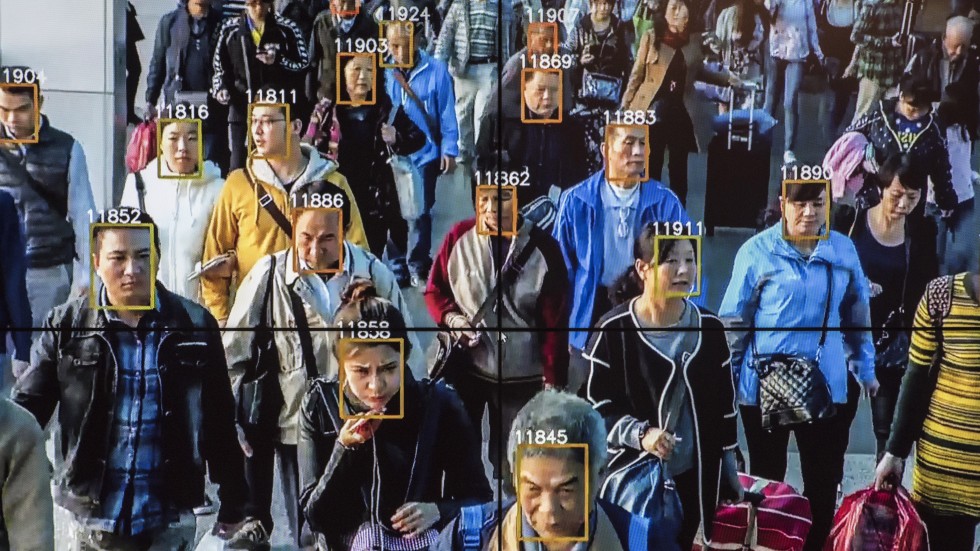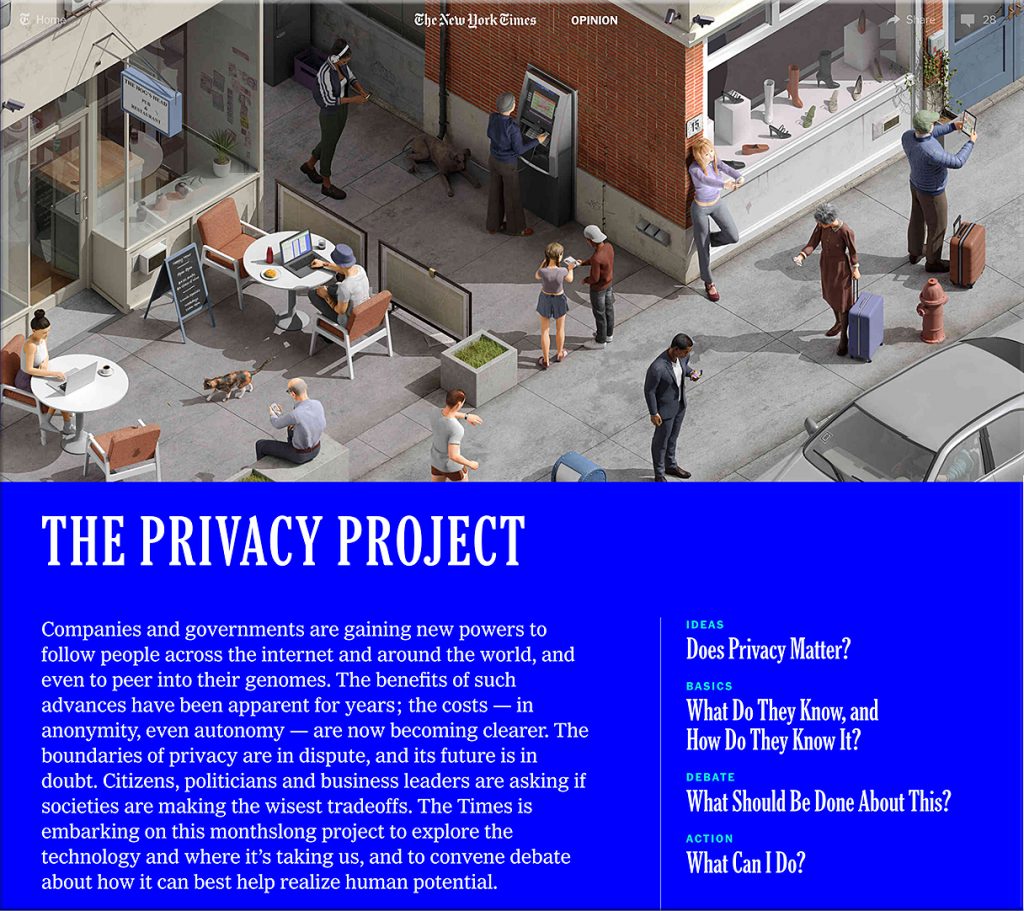Microsoft debuts Ideas in Word, a grammar and style suggestions tool powered by AI — from venturebeat.com by Kyle Wiggers; with thanks to Mr. Jack Du Mez for his posting on this over on LinkedIn
Excerpt:
The first day of Microsoft’s Build developer conference is typically chock-full of news, and this year was no exception. During a keynote headlined by CEO Satya Nadella, the Seattle company took the wraps off a slew of updates to Microsoft 365, its lineup of productivity-focused, cloud-hosted software and subscription services. Among the highlights were a new AI-powered grammar and style checker in Word Online, dubbed Ideas in Word, and dynamic email messages in Outlook Mobile.
Ideas in Word builds on Editor, an AI-powered proofreader for Office 365 that was announced in July 2016 and replaced the Spelling & Grammar pane in Office 2016 later that year. Ideas in Words similarly taps natural language processing and machine learning to deliver intelligent, contextually aware suggestions that could improve a document’s readability. For instance, it’ll recommend ways to make phrases more concise, clear, and inclusive, and when it comes across a particularly tricky snippet, it’ll put forward synonyms and alternative phrasings.
Also see:
- How Microsoft is shaping the future of your office — from finance.yahoo.com by Daniel Howley
Excerpt:
The new tech includes:- Augmented Reality meetings
- Advanced digital voice assistants
- Enhanced speech recognition technologies
- Microsoft Releases Blockchain Manager App
Excerpt:
The new blockchain-as-a-service (BaaS) platform will purportedly allow users to build blockchain applications on preconfigured network.










